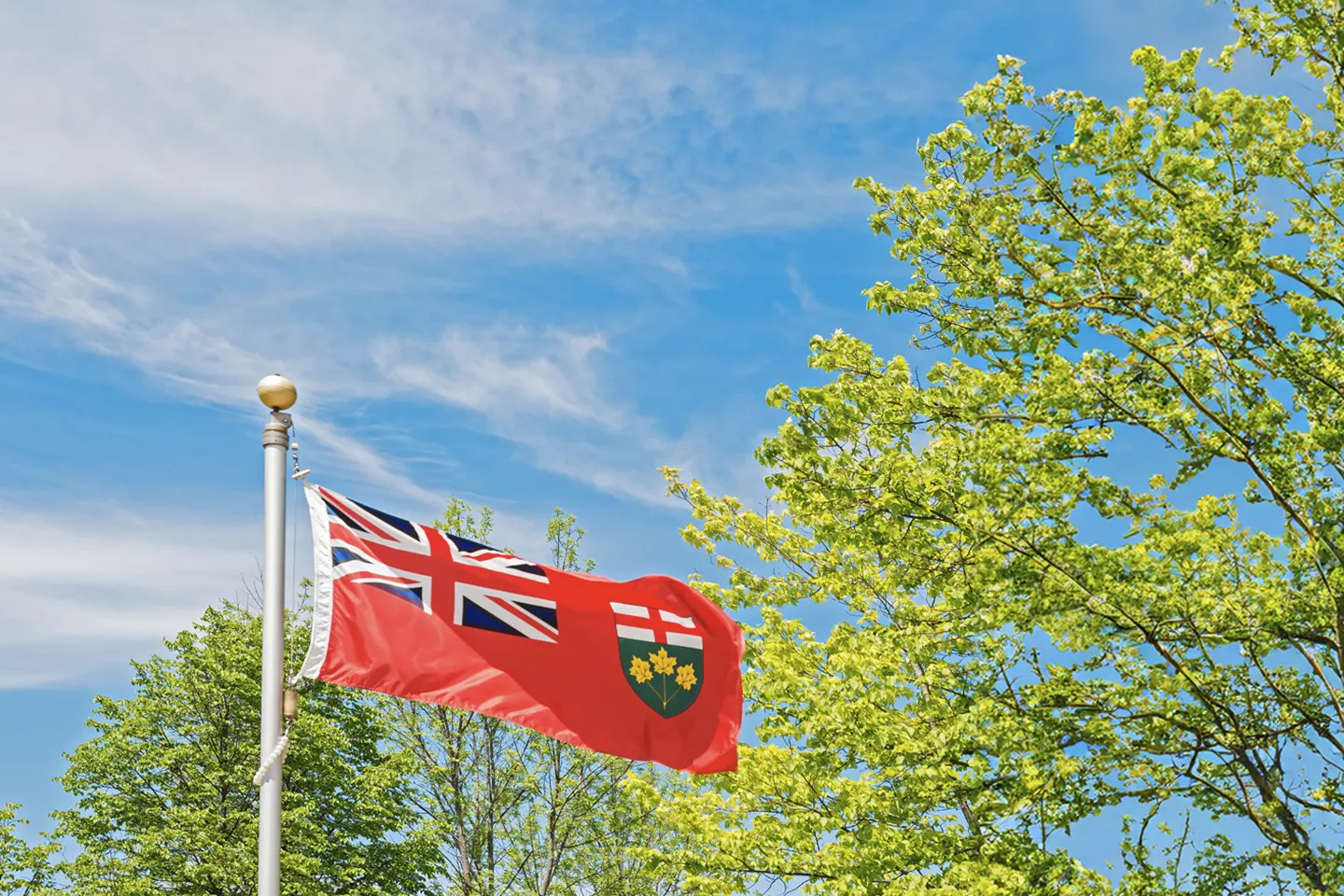New OEB Mandate Letter and Consultation on a New Time-of-Use Rate for Residential Electricity Customers in Ontario

On November 15th the Hon. Todd Smith, Ontario’s Minister of Energy (MOE), issued a Mandate Letter to Richard Dicerni, Chair of the Ontario Energy Board (OEB), outlining the government’s priorities and expectations for the regulator’s upcoming three-year planning period. Following the one issued on October 1st of last year, this is the second mandate letter to be delivered since the formal commencement of the OEB Modernization initiative, a transition period that is set to conclude in October 2022 – with the goal of establishing the OEB as a “top quartile regulator.”
Serving as likely the last major directive to the OEB before next June’s election, Minister Smith’s letter reiterates the Ford Government’s growing confidence in their vision for the future of Ontario’s energy sector, focusing (1) reliability, (2) affordability, (3) sustainability, and (4) consumer choice.
The five-page letter identities 9 specific priorities for the OEB, in the following order:
- Facilitating & Enabling Innovation: develop policies that support the adoption of Non-Wires and Non-Pipeline Alternatives (NWAs and NPAs) where they can be a cost-effective substitute to traditional forms of capital investment. Ongoing initiatives like the Framework for Energy Innovation (FEI), and increased policy collaboration/coordination with the IESO to advance Distributed Energy Resources (DERs), is lauded and encouraged. The OEB should continue supporting implementation of the Green Button and Community Net Metering (CNM) initiatives.
- Adoption of Electric Vehicles (EVs): take a proactive role to facilitate the growing integration of EVs into the provincial electricity system, including providing guidance to LDCs on their system investments. Acknowledging the OEB’s participation in the Ministry of Transportation’s (MTO) recently convened Transportation Electrification Council (TEC), the Minister expresses his intent to issue further direction on how this relates to the Regulated Price Plan (RPP) Roadmap.
- Class B Dynamic Pricing: to enable lower energy prices for small and medium-sized businesses, the OEB should work with the IESO to design and implement a dynamic pricing pilot to assess the benefits for non-RPP Class B customers.
- Demand Side Management (DSM): develop anIntegrated Resource Planning (IRP) framework for assessing demand- and supply-side alternatives to pipeline infrastructure. The Minister expresses his “strong interest” in gas conservation savings and reducing GHG emissions.
- Integration of Natural Gas & Electricity Conservation: foster alignment between DSM and the IESO’s Conservation and Demand Management (CDM) program to enable lower bills and help customers make the right choice for their energy equipment (i.e., fuel switching). The OEB should consider how DSM (and CDM) programming could leverage federal funds to benefit Ontario ratepayers, such as the Canada Greener Homes Program.
- Broadband Expansion: Bill 257, Supporting Broadband and Infrastructure Expansion Act, 2021, passed this April, grants the OEB new authority over the use of, and access to, electricity infrastructure for non-electricity purposes – namely to support the government’s objective of expanding broadband/high-speed internet to rural communities.
- Reducing Regulatory Burden: as previously emphasized in the 2020 mandate letter, this includes reviewing how filing requirements can be tailored to LDC size, releasing the Chief Commissioner’s Plan to enhance adjudicative processes, reviewing the efficiency of the adjudicative process, etc.
- LDC Consolidation, Collaboration and Partnerships: acknowledging the potential to improve proactive and efficient investment in energy infrastructure, the OEB should require LDCs with fewer than 30,000 customers to file information within their cost-of-service applications on potential opportunities for consolidation or collaboration/partnerships with other distributors.
- Long-Term Energy Planning Framework: OEB leadership/staff will continue collaborating with government “as we consider an appropriate role for the OEB” in long-term energy planning.
Following the issuance of the Mandate Letter, on November 16th Minister Smith issued a letter to OEB CEO Susanna Zagar, instructing the Board to “examine, report back and provide advice” on the introduction of a new, optional, enhanced Time-of-Use(TOU) rate. In particular, the letter refers to the OEB’s RPP Roadmap from 2015, which including the results of four residential pricing pilots with multiple LDCs to test ten new price structures. The most successful of these proved to be the opt-in, low-overnight pricing pilot – where participants accepted a higher on-peak electricity price in exchange for an ultra-low off-peak price.
Noting that the results of this pilot and subsequent research determined a high potential to support decarbonization, cost savings, and expanding consumer choice, the Minister is directing the OEB to develop a plan and report back with the following details:
- The price ratios, price periods, and seasons that apply to the rate design.
- Estimate of the average revenue to be recovered, the impact on bills, and expected shift in peak demand under different enrollment scenarios.
- Assess the risk of under-recovery and options to address, if necessary.
The OEB is to submit this material by April 1, 2022. The timeline on the implementation of the new rate is still to be determined, and we expect more information to be announced by the province on this in the weeks and months ahead.
For more information, please consult with your Sussex associate.
Chris Benedetti, Managing Partner
cbenedetti@sussex-strategy.com
Bonnie Hiltz, Vice President and Energy Practice Group Lead
bhiltz@sussex-strategy.com
Mark Olsheski, Vice President
molsheski@sussex-strategy.com
Patrick Gajos, Director and General Counsel
pgajos@sussex-strategy.com
Alex Simakov, Associate
asimakov@sussex-strategy.com


